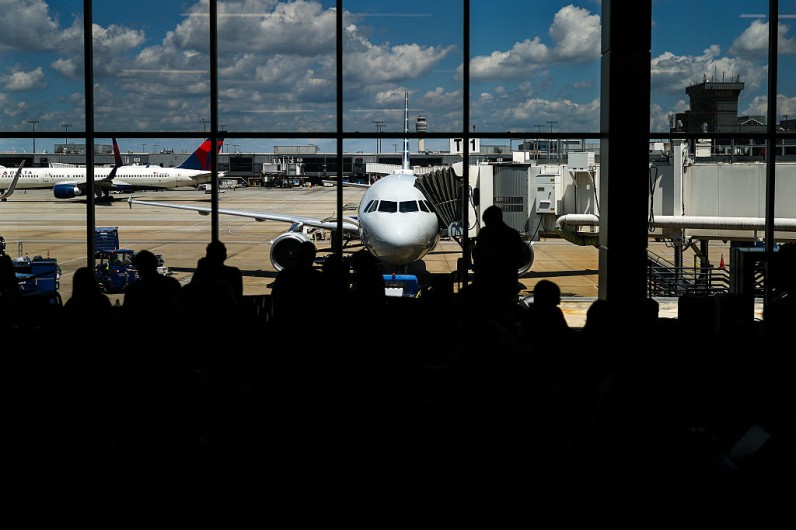
More than 5,000 flights were delayed across the United States on Sunday as summer storms swept through the Midwest and East Coast, causing chaos for post-holiday travelers.
Chicago and Washington, DC, were among the hardest hit, with thousands of passengers stuck in terminals waiting for skies to clear.
At Chicago O'Hare International Airport, nearly 800 flights were delayed by early evening, according to data from FlightAware.
The Federal Aviation Administration (FAA) reported that thunderstorms in the region caused inbound flight delays of up to 1 hour and 15 minutes, Forbes said.
In Washington, DC, inbound flights to Reagan National Airport were delayed by an average of 40 minutes. The FAA said the cause in that area was not weather, but staffing shortages at air traffic control centers.
This disruption came at the tail end of a long and busy Fourth of July weekend, which had already seen widespread delays. On Independence Day alone, over 9,100 flights were delayed across the country.
Over 5,000 Flights Delayed With Chicago, Washington DC Facing Snarls As Americans Travel Home From Holiday Weekendhttps://t.co/ytlTBY74MM pic.twitter.com/LoosXfqZeC
— Forbes (@Forbes) July 6, 2025
Flight Delays Mount as Planes Miss Connections Across US
According to HispanicBusinessTV, the FAA had predicted that July 7 would be a high-traffic day, with about 47,966 flights scheduled. That means over 10% of all US flights on Sunday were delayed—many of them late into the evening.
"Bad weather anywhere can quickly snowball into a national issue," said one frequent flyer at O'Hare who was on her third delay of the day. "I just want to get home."
Flight delays tend to worsen later in the day, especially during summer when afternoon storms are common.
If a plane is late to one airport, it may not make it to the next one in time, causing ripple effects across the country.
In late June, the FAA reported that June 26 was the busiest day of the year for air travel so far, with over 54,000 flights. The agency warned that the Independence Day weekend would also push the system to its limits—and it did.
Some passengers took to social media to share frustrations, showing photos of long lines and crowded terminals. Others urged the FAA and airlines to work on improving communication and better handling of weather disruptions.







Join the Conversation